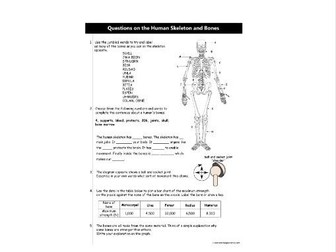The Day , the Year and the Seasons
<p>Comprehension and additional task exercises pages 190 and 191 from Next Page Science KS3 Complete. Accompanying PowerPoint and word searches available for <strong>free</strong> from the website.<br />
This exercise covers:<br />
• What causes a day and a year: 24 hrs and 365.25 days<br />
• A leap year<br />
• Earth’s orbit having an elliptical shape<br />
• Earth’s tilt as the cause of the seasons<br />
• A pictorial illustrating summer (solstice), winter (solstice), spring (equinox) and autumn (equinox)<br />
• An explanation explaining why light intensity changes from winter to summer using torches to represent how the same amount of light from the sun can be more or less intense<br />
• Earth’s path across the sky (northern hemisphere)<br />
• How earth’s spin causes the sun to rise in the east and set in the west<br />
• An exercise on plotting the average hours of daylight for each month<br />
• A matching the statements exercise<br />
• An exercise on what it would be like in the summer (continual daylight) and winter (continual night time) at the north pole<br />
• Amazing WHAT? facts</p>
